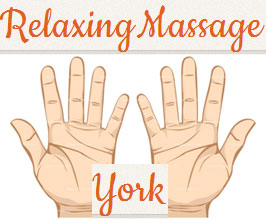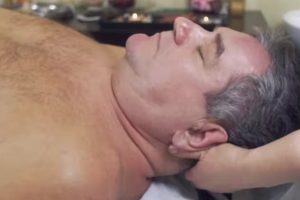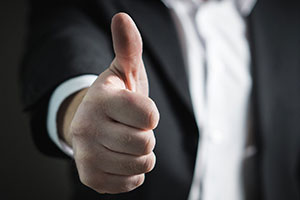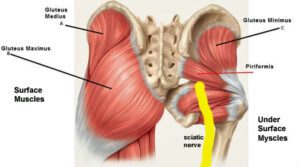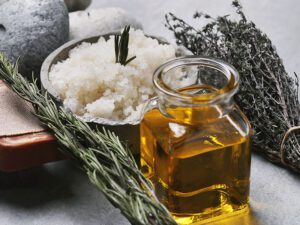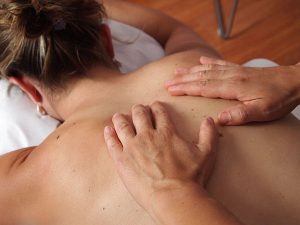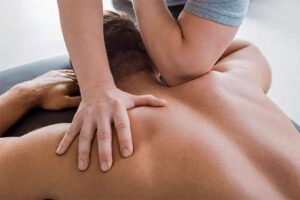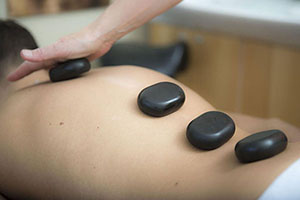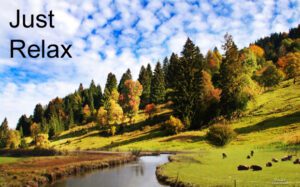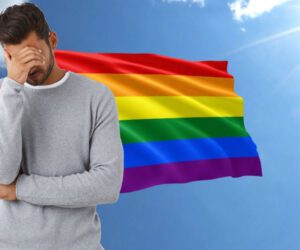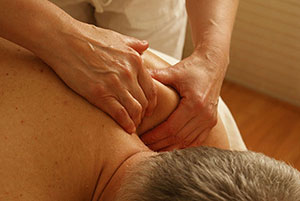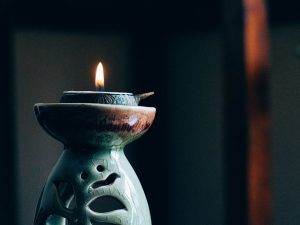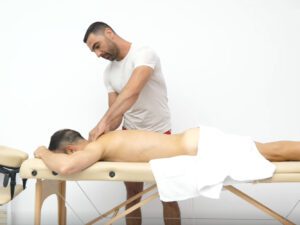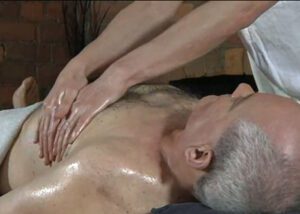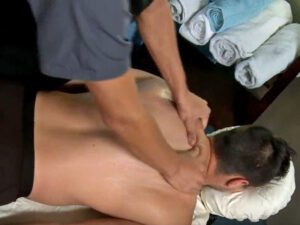Back Massage York - Let Us Help You Release That Tension
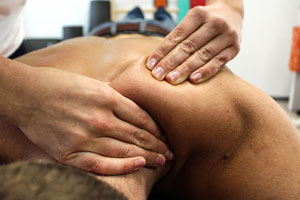 A good back massage routine is an essential part of a good treatment. It can be a true delight if done properly. A Swedish massage routine will include about 15 to 20 minutes on the back. If you want a more dedicated back massage, this can be extended to 1/2 an hour or more for you. There are several muscles in the back that can hold tension. Relaxing, soothing strokes are used to get rid of this tension. Some more vigorous strokes are used on more fleshy areas. Bones without much muscle should be warmed and massaged gently. The boney parts of the vertebrae should always be avoided. By the end of a relaxing back massage, you should feel a lot better.
A good back massage routine is an essential part of a good treatment. It can be a true delight if done properly. A Swedish massage routine will include about 15 to 20 minutes on the back. If you want a more dedicated back massage, this can be extended to 1/2 an hour or more for you. There are several muscles in the back that can hold tension. Relaxing, soothing strokes are used to get rid of this tension. Some more vigorous strokes are used on more fleshy areas. Bones without much muscle should be warmed and massaged gently. The boney parts of the vertebrae should always be avoided. By the end of a relaxing back massage, you should feel a lot better.
Back Massage Routine Tailored for You Personally
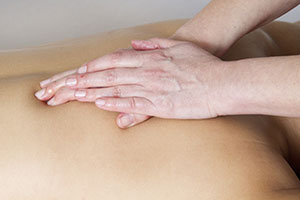 Depending on where you go and who your massage therapist is, you will get a different massage routine on your back. In general there are some strokes that will always be used on some of the major muscles. I will explain a generalised routine for you here. However, here at Relaxing Massage York, this routine will be tailored for each individual because, everyone is different and what they require from a massage can also be different.
Depending on where you go and who your massage therapist is, you will get a different massage routine on your back. In general there are some strokes that will always be used on some of the major muscles. I will explain a generalised routine for you here. However, here at Relaxing Massage York, this routine will be tailored for each individual because, everyone is different and what they require from a massage can also be different.
- Whole Back
- Effleurage (Long strokes) to cover the skin in oil and feel for muscle tension.
- Deeper effleurage to warm up the tissues further.
- Now working on one side of the body and then the other.
- Upper Back
- Effleurage and then reinforced effleurage over trapezius and rhomboids.
- Circular palmer kneading and wringing around the shoulder blades and upper trapezius.
- Percussion strokes (only cupping and hacking gently) along 3 meridian lines up and down the fleshy parts of the trapezius and deltoids, avoiding the spine.
- Figure of 8 reinforced palmer kneading over these muscles on both sides of the back, alternating sides, while avoiding any pressure on the spine.
- Centre Back / Spine
- Always staying away from bony vertebrae protrusions.
- Effleurage to warm spine area up again.
- Double handed palmer kneading up one side of spine then the other.
- Thumb kneading up and then down full back pulling Erector Spinae away from the spine, one side then the other.
- Fist using oblique pressure up and then down Erector Spinae away from the spine, one side then the other.
- Finish with gentle effleurage on whole back.
- Feather down the spine.
- Raindrops down the spine.
- Hands come to rest one on upper back one on lower back.
- Middle of Back
- Wringing down the (lastimus dorsi), waist and upper hips.
- Kneading upper hips being mindful of kidneys.
- Double handed kneading over same if appropriate.
- Lower Back and Glutes
- Wringing over glutes.
- Kneading over glutes.
- Pulling over glutes.
- Percussion (all types cupping, hacking and pounding) over glutes.
- Finger and thumb kneading around sacrum.
Major Muscles Included in a Back Massage
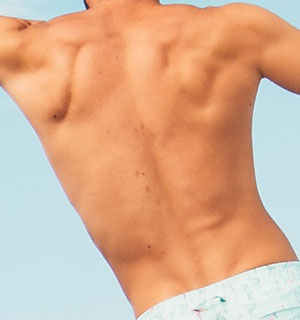 I will list many major muscles in and near the back here that can be included in a massage routine. The list will go from superficial (near the surface) to deep, also superior (nearer the head) to inferior (nearer the feet) and lastly from lateral (outside) to medial (inside or nearer the spine). 3 layers will be described from superficial (top) to deep. Basically, starting at the top working down and from the outside working to the middle, in a few layers. All of these can benefit from massage.
I will list many major muscles in and near the back here that can be included in a massage routine. The list will go from superficial (near the surface) to deep, also superior (nearer the head) to inferior (nearer the feet) and lastly from lateral (outside) to medial (inside or nearer the spine). 3 layers will be described from superficial (top) to deep. Basically, starting at the top working down and from the outside working to the middle, in a few layers. All of these can benefit from massage.
- Superior / Top Layer
- Trapezius – A large triangular muscle just under the skin. It runs from the back of the skull down to the just above the lumbar spine. It also runs across between the shoulders down the back forming a triangular shape.
- Deltoids – Runs over the shoulder and down the upper arms.
- Latissimus Dorsi – Thin muscle that runs down the spine from mid thoratic to the sacrum. Also run across from under the armpits and the lower ribs to the centre of the spine.
- Gluteus Maximus – Largest muscle in the body also known as the glutes or buttocks.
- Intermediate Layer
- Supraspinatus – Runs from top of humerus along (and through) superior (top) edge of the shoulder blade (scapula) to the (medial) neck side.
- Infraspinatus – Small triangular muscle running from humerus to the inferior (lower) edge of the scapula.
- Rhomboid minor and major – Both run across from the medial edge of the scapula (nearest the spine) to the spine.
- Serratus Posterior – Runs across from the lateral (outside) edge of the 9th rib to the 12th rib to the spine (T11 to L2).
- Deep Layer
- Erector Spinae – Group of 3 muscles (that each have 3 different sections) and tendons that run the length of the spine.
References:
Rosser, M. (1996) Body Massage Therapy Basics, London, Hodder & Stoughton
Tucker, L. (2016) An Introductory Guide to Massage, London, EMS Publishing
Hull R (2013) Anatomy & Physiology for therapists and healthcare professionals, Cambridge, The Write Idea
